In case you’re wondering why your gas mileage is a bit lower than usual or why the steering is getting a little sluggish while driving or why the car seems a bit close to the ground surface, then there is a strong chance there is an issue with your tires.
Having the correct tire pressure is very important for any vehicle. It helps you get better mileage and gives you protection while driving on the road. Every car has a recommended tire pressure, which provides the best mileage, tire life and handling for the vehicle. In most cases, suitable tire pressure is written on the car’s door. Below we have put together the complete tire pressure guide to help to provide you the information you need to know.
In new cars, the recommended pressure for the tire is listed commonly on the door on the driver’s side. If there is nothing found on the door, then you can find it in the owner’s manual. In general, most cars have recommended pressure between 32 to 35 psi.
The easy way to check the pressure of your tires is by using an air pressure gauge or pressure monitoring system and then record the reading. If you hear any kind of hissing, then it means either the gauge is not tight enough, or the gauge angle needs adjustment. Using a tire pressure gauge will immediately let you know the psi of your tires. You can quickly check the recommended air pressure inside the door to see if your tires are properly inflated. There are many affordable tire pressure monitors on Amazon & Walmart.
You can find the right pressure for your tire on the sidewall of your tire below the manufacturer’s label. You might see “Maximum Pressure 35 pounds per square inch”. This number indicates how much inflation pressures your tires can carry at max.
However, it is often recommended not to fill up the tires to the max because it can decrease the life of your car’s tires, and it can also jeopardize the handling. If the breaking threshold is increased which the tire pressure is at max, accidents could also take place.
If the breaking threshold is increased which the tire pressure is at max, accidents could also take place.
Over-inflated tires can be both dangerous for your safety and also damaging for your car. This usually happens when people are distracted while they are filling up on tires. Maybe a friend of yours might have told you that it increases your car’s mileage. Here are some of the things that can happen with over-inflating the tires.
There are several safety issues that can take place with over inflation, the biggest issue being a blowout of tires. You can also lose control of the car, breaking distance can increase, etc.
Overinflated tires can sometimes be more vulnerable to damage like overfilled balloons, which can easily pop when at maximum capacity. The reason being that inflated tires are inflexible and stiff, which makes them susceptible to pothole damage, debris, and curbs. The passenger and the driver will also feel every single bump along the way making the ride unbearable. We recommend using proper tire inflation.
The passenger and the driver will also feel every single bump along the way making the ride unbearable. We recommend using proper tire inflation.
As far as the safety protocols are concerned, the majority of the people consider underinflation worse than over inflation. However, there is no denying that both conditions offer their own significant issues.
An underinflated tire can cause a reduction in stability, lousy control, and poor handling of the vehicle. It can also cause a decrease in fuel economy and can even cause premature or uneven wear of the tire.
Underinflated tires are worse because it allows the tire to get heated far quicker, which eventually causes blowout of the tire.
Overinflated tires also have its own issues such as it can wear out the center of the tire faster and makes the tire lose its flexibility.
Most automobile companies have recommended that tire pressures need to be checked at least once a month. Tires often seep a small portion of gas outside, and that is why it is possible that the pressure will reduce with time. We recommend checking your vehicle’s tires twice a month during the winter months.
Tires often seep a small portion of gas outside, and that is why it is possible that the pressure will reduce with time. We recommend checking your vehicle’s tires twice a month during the winter months.
Let’s make it simple for you. You don’t need to change your tire pressure every time there is a change in temperature outside. However, you might want to add more air when it gets cold outside. There is a simple key to it, keep the tires at a suitable pressure (recommended).
It is often recommended to deflate the tires when it’s hot outside because hot air outside can cause the air inside of the tire to expand, which can cause the tire to blowout. So, it is possible that you added air pressure of around 35 psi and it summers it went up to 40 psi.
Despite the recommended tire pressure being 32-35psi by several car manufacturers, weather and climate play a crucial role in determining the right pressure for the tire. Several tire manufacturers have suggested that in winters, the tire pressure should be at least 3-5psi higher than the ones recommended for summers.
Several tire manufacturers have suggested that in winters, the tire pressure should be at least 3-5psi higher than the ones recommended for summers.
The reason behind this is because, in winter, the air inside the tire gets contracted which decreases the air pressure up to 5 psi.
Cold weather can cause your tire to lose to get dangerously underinflate. In the fall, cold weather or winters can significantly lower the air pressure in the tire. The process is called air contractions, and it can cause an annoying tire light.
We hope the article helped you somewhat when it comes to tire pressure. Want to get free air, then visit freeairpump.com. No matter if your tires are underinflated or overinflated, get a free visit and enhance your driving safety experience and save some money on your gas tank. If you are looking for a used car check out our inventory at 500 Below Cars.
The recommended tire pressure is the pressure established by the manufacturer of your car as the optimal air pressure for your tires. Running your tires at the correct pressure is important because it keeps you safe, cuts down your gas bill, and makes your tires last longer. Each vehicle has its own specifications for tire pressure, but most fall between 28 and 36 PSI (pounds per square inch).
Running your tires at the correct pressure is important because it keeps you safe, cuts down your gas bill, and makes your tires last longer. Each vehicle has its own specifications for tire pressure, but most fall between 28 and 36 PSI (pounds per square inch).
Be careful not to confuse the recommended pressure with the maximum pressure. The recommended pressure is the one you should use when filling your tires, and, as explained above, you can find on your doorjamb or in your owner’s manual. The maximum pressure, on the other hand, is usually stated on the sidewall of the tire itself in small print near the tire’s bead (where the rubber abuts the rim). This measurement is provided by the tire manufacturer rather than the car manufacturer and is the maximum amount of pressure the tire can safely withstand.
Your tires’ max PSI almost always exceeds the recommended pressure.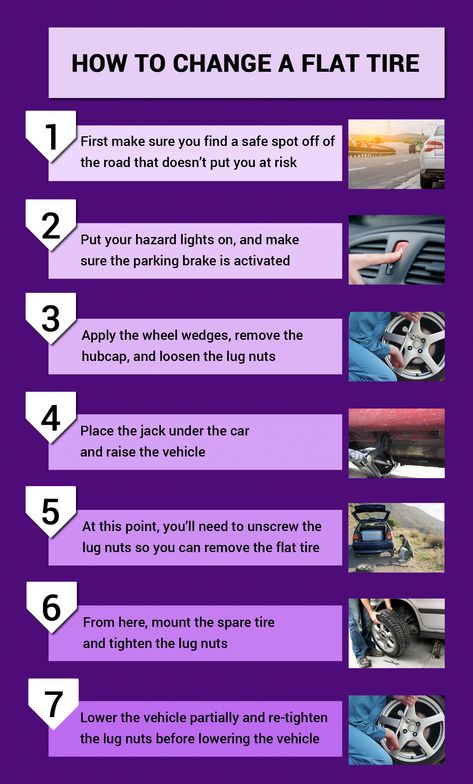 It isn’t advisable to fill your tire to this pressure for everyday driving. At max PSI, your car does not handle as well, braking is impaired, and you could risk dangerous blowouts. Over-inflation can also cause the center of your tire’s tread to wear out prematurely and reduce the lifespan of your tires. You may want to use the max pressure on a temporary basis if you are hauling especially heavy load or towing something.
It isn’t advisable to fill your tire to this pressure for everyday driving. At max PSI, your car does not handle as well, braking is impaired, and you could risk dangerous blowouts. Over-inflation can also cause the center of your tire’s tread to wear out prematurely and reduce the lifespan of your tires. You may want to use the max pressure on a temporary basis if you are hauling especially heavy load or towing something.
Most manufacturers do not state a minimum tire pressure, per se. The recommended value is the amount of air that a tire needs for a car to handle properly and safely, and anything under that value is not recommended, so functionally the optimal value is also the minimum. Under U.S. law, vehicles are required to be equipped with tire pressure monitoring systems (TPMS) that warn the driver when tire pressure falls below 25 percent of the recommended PSI. This is considered severe under-inflation, but less drastic pressure drops are still considered moderate or mild under-inflation, and they and can still have negative consequences.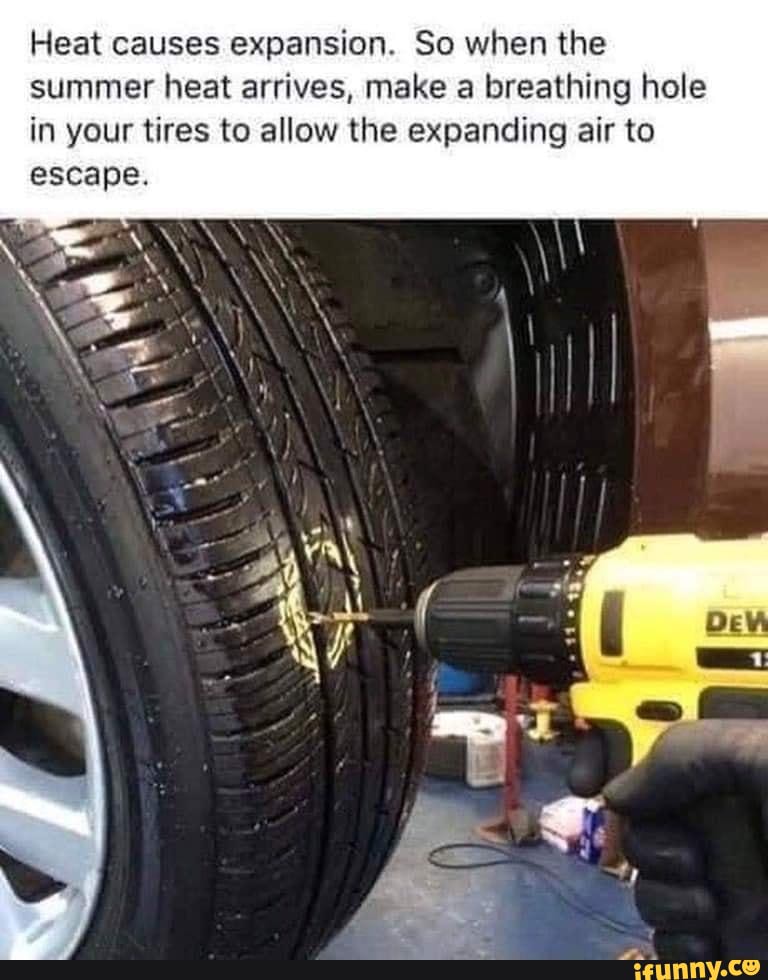
If your tires are inflated to a pressure that is below the recommended PSI (as shown in the manual or on the driver’s side doorjamb), your car will not operate safely. Under-inflation can cause the tire to heat up excessively, which can make the tread pull away from the body of the tire. If this happens on the highway, it could lead to a blowout and a serious accident. There are also financial reasons for making sure your tires aren’t under-inflated. A low tire has more rolling resistance, which means the car has to work harder to move down the highway and consumes more fuel. Well-inflated tires are going to save you money at the pumps. Low tires also wear more quickly and unevenly, so you will have to replace them more often.
A tire pressure monitoring system (TPMS) uses either a direct sensor inside your valve stem or a combination of both software and other existing sensors in your vehicle to let you know when your tire pressure is outside of a safe range of pressures. If the pressure falls below the legally specified limit (25% of recommended pressure) an indicator light shaped like the letter U with an exclamation point inside it (representing the cross-section of a tire) will light up on the dashboard. When you see this TPMS light on you should immediately check your tire pressure and make any necessary adjustments.
If the pressure falls below the legally specified limit (25% of recommended pressure) an indicator light shaped like the letter U with an exclamation point inside it (representing the cross-section of a tire) will light up on the dashboard. When you see this TPMS light on you should immediately check your tire pressure and make any necessary adjustments.
If you have further questions about tire pressure or any other aspects of your tires, find your nearest tire dealer to get some advice.
When inflating the tires of any vehicle, you must always maintain the pressure set by the manufacturer, since failure to comply with this important rule adversely affects the operation of tires, and also affects further road safety. What should be the correct pressure in the tires of the car (table). Let's talk about the dependence of the degree of pumping on weather, road conditions and methods of verification.
Most front-wheel drive vehicles (both domestic and foreign) can be fitted with rims with a radius of R13 - R16.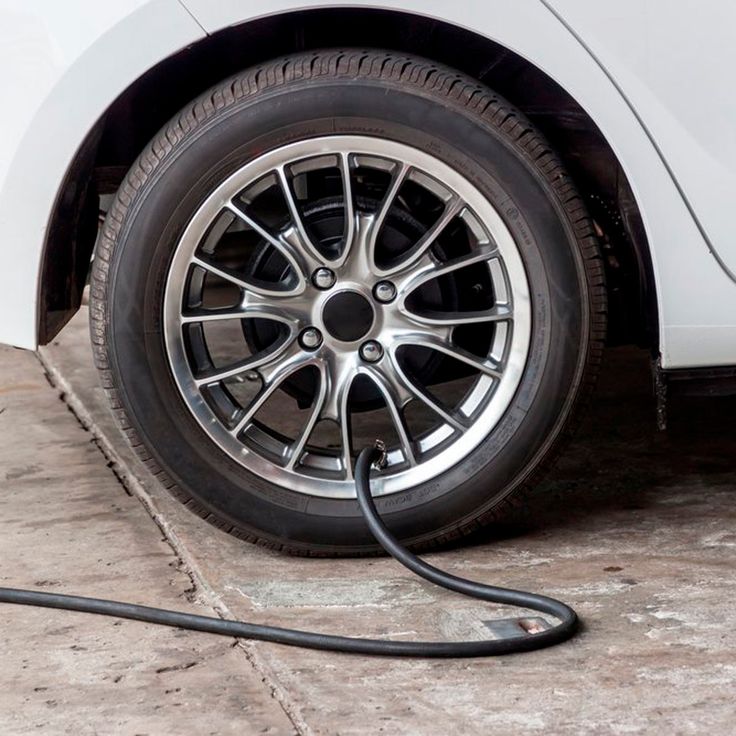 However, R13 and R14 wheels are almost always included in the basic package. The value of the optimal pressure in the tires of the car is selected according to its mass at full load. In this case, the climatic and road conditions in which the vehicle is operated must be taken into account.
However, R13 and R14 wheels are almost always included in the basic package. The value of the optimal pressure in the tires of the car is selected according to its mass at full load. In this case, the climatic and road conditions in which the vehicle is operated must be taken into account.
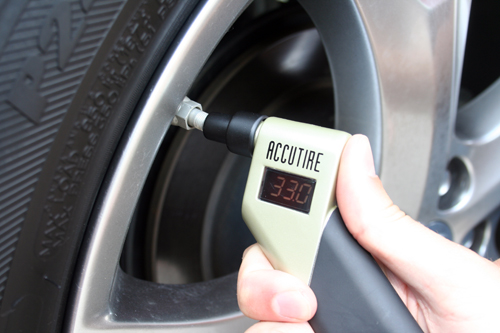 Because of this, the braking distance is significantly increased and the safety of the vehicle operation is reduced;
Because of this, the braking distance is significantly increased and the safety of the vehicle operation is reduced; Most owners of vehicles with R13 and R14 wheels (the most common radii) are interested in: what should be the optimal pressure in the tires of a car? According to the recommendation of the manufacturer of the tire of the thirteenth radius, it is necessary to inflate to 1.9kgf/cm 2 , and R14 wheels up to 2.0 kgf/cm 2 . These parameters apply to both front and rear wheels.
In principle, it is necessary to maintain the same tire inflation both in summer and winter. However, it is recommended not to inflate the tires slightly in winter. This is required for:
This is required for:
You also need to know that with a sharp change in temperature (for example, after the car left the warm box in the cold), due to some physical properties, a decrease in tire pressure occurs.
Therefore, before leaving the garage in winter, it is imperative to check the tire pressure and, if necessary, pump them up. Do not forget about the constant monitoring of pressure, especially when the temperature changes and in the off-season.
The recommended R13 tire pressure for summer is 1.9 atm., this value is calculated taking into account that the car will be half loaded (driver and one or two passengers).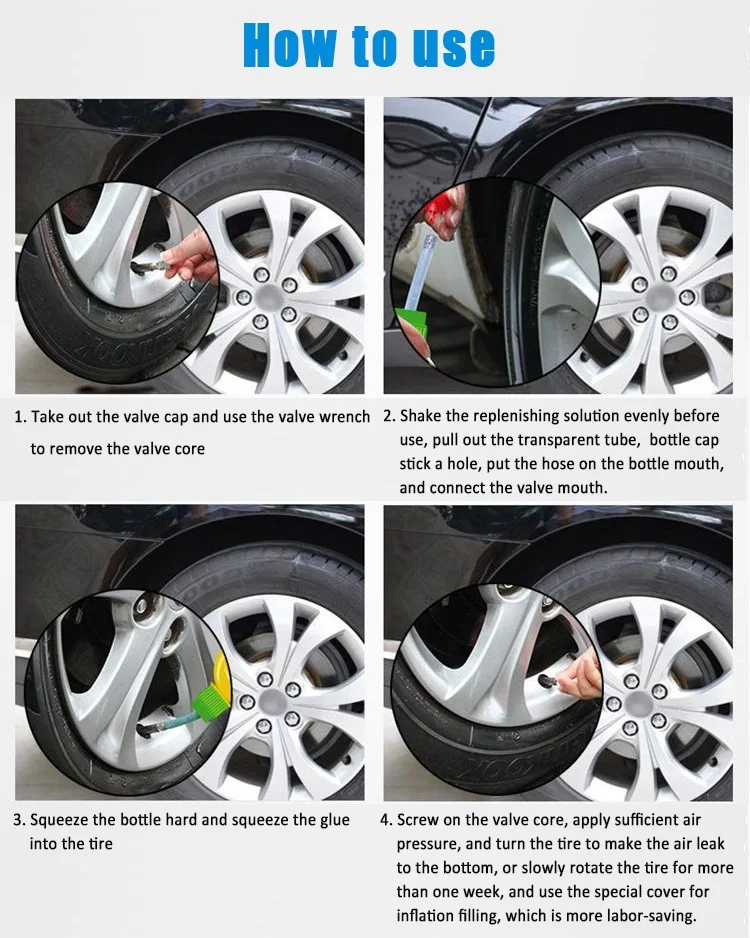 When the vehicle is fully loaded, the pressure of the front wheelset must be increased to 2.0-2.1 atm, and the rear - up to 2.3-2.4 atm. The spare tire should be pumped up to 2.3 atm.
When the vehicle is fully loaded, the pressure of the front wheelset must be increased to 2.0-2.1 atm, and the rear - up to 2.3-2.4 atm. The spare tire should be pumped up to 2.3 atm.
Unfortunately, the road surface is by no means ideal, so most motorists specifically prefer not to inflate their wheels a little. Because thanks to this, all the bumps and flaws in the road are not so felt when driving. Often in the summer, the pressure in the wheels is reduced by 5-10%, and with the onset of winter, this figure increases slightly and amounts to 10-15%. When driving on smooth roads, it is best to maintain the tire pressure recommended by the manufacturer.
Despite the fact that most domestic and foreign cars have wheels with a maximum radius of R14, most owners, to improve the appearance of their vehicle and improve some of its characteristics, install wheels with a larger radius (R15 and R16). Therefore, it is necessary to know what should be the optimal pressure in tires of this size?
Here, too, everything depends on the degree of loading of the machine. When it is half loaded, the tire pressure threshold should not exceed 2.0 kgf / cm 2 , at full load this value is already 2.2 kgf / cm 2 . If a large amount of various heavy luggage is transported in the luggage compartment, the pressure in the rear wheelset must be increased by another 0.2 kgf / cm 2 . As you can see, the pressure in tires of the fourteenth radius is approximately equal to the pressure in R15 and R16.
When it is half loaded, the tire pressure threshold should not exceed 2.0 kgf / cm 2 , at full load this value is already 2.2 kgf / cm 2 . If a large amount of various heavy luggage is transported in the luggage compartment, the pressure in the rear wheelset must be increased by another 0.2 kgf / cm 2 . As you can see, the pressure in tires of the fourteenth radius is approximately equal to the pressure in R15 and R16.
Alas, even most experienced drivers completely ignore the procedure for monitoring the pressure of the car's wheels, considering this procedure to be absolutely useless. Checking tire pressure is carried out using a pressure gauge, which can be integral with the pump, or be a separate element. Do not forget that the error of any pressure gauge is usually 0.2 kgf / cm 2 .
Pressure measurement sequence:
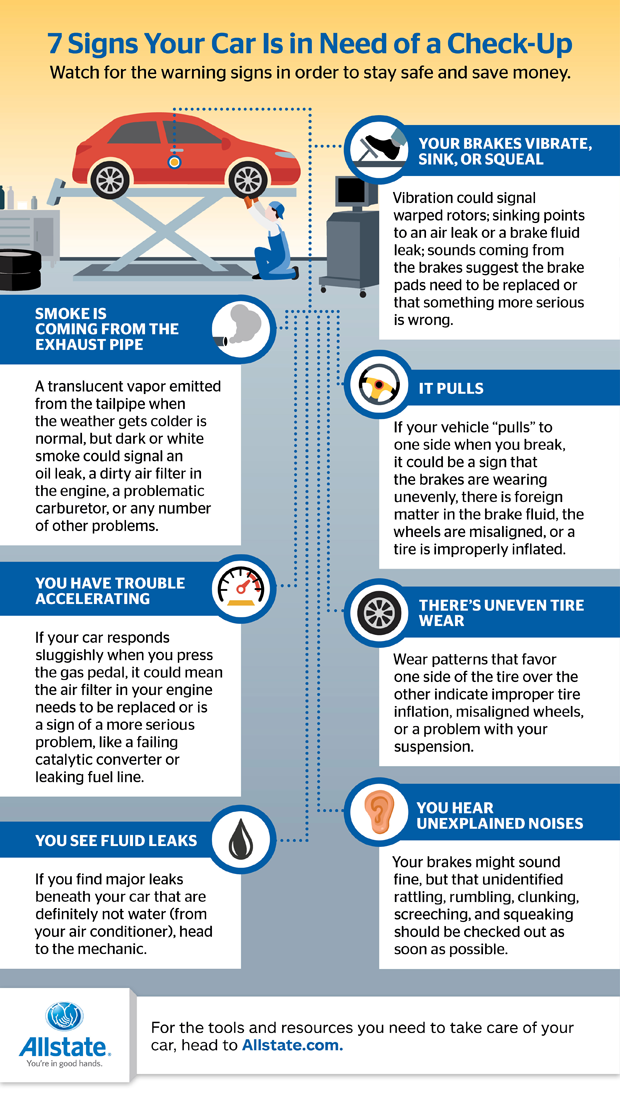
This procedure should be carried out monthly if the vehicle is used regularly. Measurement should be done before leaving, when the rubber is not yet warmed up. This is necessary to accurately determine the readings, since after warming up the tires, the air pressure inside them increases. Often this is caused by dynamic driving with a constant change in speed and sudden braking. For this reason, it is ideal to measure before driving, when the tires on the car have not yet warmed up.

However, these statements are nothing more than another publicity stunt by marketers. After all, the nitrogen content in the air is about 80%, and it is unlikely that anything can change for the better if the nitrogen content inside the tires increases by 10-15%.
Tire pressure significantly affects driving parameters: comfort, car handling, economy and safety. It is important to maintain the pressure recommended by the manufacturer and check it regularly. Let's figure out how to do it right.
When driving on asphalt, incorrect tire pressure (both high and low) leads to a decrease in the contact patch with the road. An overinflated wheel clings to the surface only in the central part, which leads to its rapid wear. A poorly inflated tire, on the contrary, "sits" on the sidewalls, leaning on the shoulder areas of the tread and pushing the central part inward. Here's what it looks like:
An overinflated wheel clings to the surface only in the central part, which leads to its rapid wear. A poorly inflated tire, on the contrary, "sits" on the sidewalls, leaning on the shoulder areas of the tread and pushing the central part inward. Here's what it looks like:
Both under-inflated and over-inflated tires create a lot of problems for the driver.
1. Increased wear of the central part of the tire tread.
2. Reduced ride comfort, hardness of potholes and road bumps.
3. Increased load on the car's suspension due to reduced damping effect of the tire.
4. Risk of tire damage and herniation due to shock loading (getting into a pit or pothole).
5. Reduced steering stability due to reduced contact patch.
1. Increased wear of the tread sidewalls (shoulder areas).
2. Severe deformation of the rubber when driving over bumps, which increases the risk of tire damage.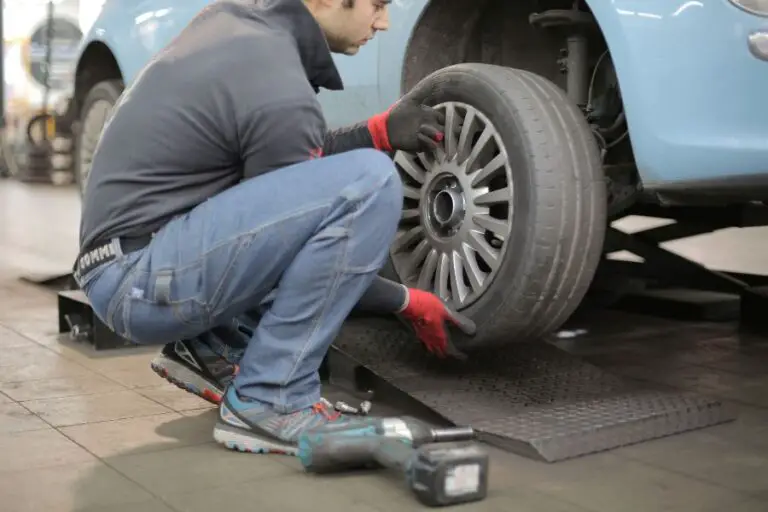
3. An increase in tire temperature, which threatens to delamination of the carcass and can lead to tire explosion at high speed.
4. Increased risk of hydroplaning on wet roads.
5. Risk of tire breaking.
6. Increased fuel consumption.
Reduced pressure hits the driver's pocket hard: a pressure drop of 20% (which is not uncommon: it is enough, for example, to deflate the wheels to 1.8 atmospheres instead of the 2.2 prescribed by the manufacturer) reduces tire life by 25–30% and increases fuel consumption fuel by 3%.
There is no universal tire pressure: it depends on the size of the tires, the characteristics of the car (primarily weight) and road conditions. Therefore, it is important to follow the factory recommendations, maintaining exactly the tire pressure that the engineers expected when designing the car.
The recommended pressure for your machine can be found in the instruction manual and on the sticker in the door frame. If, depending on the configuration, tires of several dimensions were installed on the car, then the pressure recommended for them may differ - look in the table for your exact wheel size. The manufacturer may prescribe an increase in tire pressure at the maximum load of the machine. For the spare tire (Spare tire), the required pressure is also indicated on a separate line - note that it is much higher than the standard one.
If, depending on the configuration, tires of several dimensions were installed on the car, then the pressure recommended for them may differ - look in the table for your exact wheel size. The manufacturer may prescribe an increase in tire pressure at the maximum load of the machine. For the spare tire (Spare tire), the required pressure is also indicated on a separate line - note that it is much higher than the standard one.
So, you have found the necessary pressure parameters, it remains to decipher them. In physics, pressure is measured in pascals, in real life - in anything: in bars, atmospheres, pounds-force, kilogram-force ... Drivers and tire workers usually use the term atmosphere, but such a unit is often absent on pressure gauges (pressure measuring devices) . Let's clear up this confusion.
Atmosphere is a non-systemic unit of measurement, approximately equal to atmospheric pressure on the surface of the Earth. Since it has become widely used, it was necessary to somehow equate it with correct physical units. For simplicity, one atmosphere is considered equal to one bar, one kilogram-force and one hundred kilopascals.
For simplicity, one atmosphere is considered equal to one bar, one kilogram-force and one hundred kilopascals.
In addition to the technical atmosphere (at), there is also the physical atmosphere (atm), which is slightly larger. Again, for convenience, they are considered equal. But all these assumptions introduce an error, so if you need accurate tire pressure, measure it correctly - in pascals or bars. Moreover, manufacturers usually indicate the pressure in these quantities.
Imperial pounds-force (aka PSI, “psi”), popular in the USA, is more difficult to translate, here you can’t do without a calculator. In the table, we have collected together all pressure units with exact values, and also approximately brought them to each other to simplify calculations:
| Pressure units | |||||
| Pascal | Bar | Technical atmosphere | Physical atmosphere | PSI | |
| 1 Pa | 1 N/m² | 10-5 | 10. | 9.8692•10-6 | 145.04•10-6 |
| 1 bar | 105 | 1x106 dynes/cm² | 1.0197 | 0.98692 | 14.504 |
| 1 at | 98066.5 | 0.980665 | 1 kgf/cm² | 0.96784 | 14.223 |
| 1 bar | 101325 | 1.01325 | 1.033 | 1 bar | 14. |
| 1psi | 6894.76 | 68.948•10-3 | 70.307•10-3 | 68.046•10-3 | 1lbf/in² |
It is advisable to check tire pressure daily, before driving. But this is only possible with a very measured rhythm of life. In reality, checking at least once a month is already an excellent indicator for the average driver. But before traveling a long distance, checking the pressure and visual inspection of tires and rims should be done in any case.
It is necessary to measure the pressure in cold tires, that is, before driving. During driving, the tires heat up, which increases the pressure by about 10%. Therefore, never release supposedly excess air from hot tires: after cooling, the pressure will be below normal. If you had to inflate a hot tire during a trip, inflate it 10% more than the nominal value, and check the pressure again when the wheels have cooled down - no earlier than 3 hours after stopping.
If you had to inflate a hot tire during a trip, inflate it 10% more than the nominal value, and check the pressure again when the wheels have cooled down - no earlier than 3 hours after stopping.
Always check the pressure in all tires. Different tire pressures seriously affect handling and can cause the car to pull to the side. Do not forget about the "spare tire": it should always be inflated in case of an unexpected wheel change on the road.
For long-term driving at high speeds (more than 160 km/h), car manufacturers advise increasing tire pressure by 0.2-0.4 bar from the recommended value. This will slightly improve the handling of the car, although it will negatively affect comfort. But such advice is relevant for driving on high-speed autobahns, and not for everyday urban use, especially in Russia.
Before a long trip on a dirt road or a road with a muddy surface (mud, snow), it is reasonable, on the contrary, to reduce the pressure in the tires - this will improve the grip. In summer, it is worth limiting yourself to reducing pressure by 5-10% of the nominal value, and in winter - by 10-15%.
In summer, it is worth limiting yourself to reducing pressure by 5-10% of the nominal value, and in winter - by 10-15%.
The pressure in low-profile tires (especially non-standard sizes) must be monitored especially carefully. Low profile tires have two features: a low sidewall (profile) height and a large rim diameter. If the tire has the correct air pressure, only the tread is in contact with the road. Low pressure causes the sidewall of the tire to bend, causing it to touch the roadway and wear out quickly, up to complete abrasion. And punching a low-profile tire in a pit at low pressure is much easier.
When inflating low profile tires, you need to focus on the pressure indicated for a full load of the machine and the maximum allowable pressure for a particular tire. It is indicated on the sidewall, next to the inscription max pressure, in one of the accepted units of measurement: kilopascals (KPA), bars (BAR) or pounds-force (PSI).